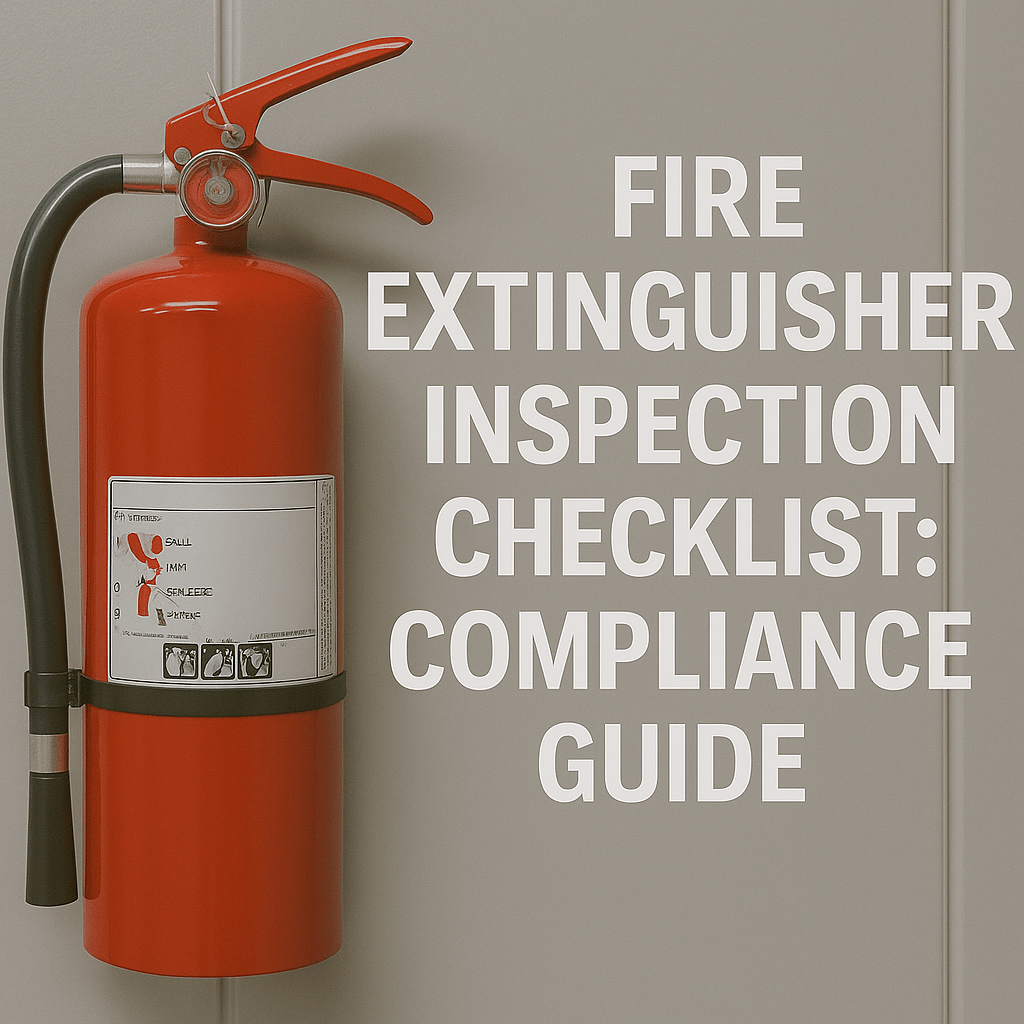Fire alarm systems are crucial for safety in both residential and commercial spaces. However, alarms sometimes need to be reset after false triggers, maintenance, or real emergencies. This guide will walk you through how to reset fire alarm system properly, covering various device types, safety steps, and troubleshooting tips.
Before diving into resets, it’s essential to understand the types of fire alarm systems commonly found in homes and businesses:
- Manual systems: Activated by pulling a lever or pressing a button manually.
- Automatic systems: Triggered by sensors that detect smoke or heat.
- Hardwired systems: Connected directly to a building’s electrical circuit.
- Wireless systems: Battery-operated or connected via Wi-Fi.
Each system has unique reset methods and requires regular maintenance to function correctly. If you’re unsure what type you have, review the specifications or consult a technician.
For a detailed overview of system types, see our blog on types of fire alarm systems.
For battery-powered home alarms
Battery-operated alarms are the most common in residential properties. To reset them:
- Locate the reset button (usually on the front).
- Press and hold it for 15 to 20 seconds.
- Release and wait to see if the alarm goes off again.
- If it continues, remove the battery, wait 20 seconds, then reinstall or replace batteries.
Regularly testing and maintaining your smoke alarm ensures safety and peace of mind.
For hardwired fire alarms
Hardwired smoke alarms are connected directly to your home’s power grid. Here’s how to reset them:
- Turn off the power from the breaker.
- Remove the smoke detector from its base.
- Safely remove the battery.
- Wait 20 seconds and reconnect the power.
- Reinsert the battery and press the test button.
If the alarm continues, it may need cleaning. Use a vacuum to remove dust or contact a technician.
For commercial fire alarm panels
In commercial buildings, systems like Honeywell or Siemens may require access to the fire alarm panel or control interface.
- Open the alarm panel using a key or access code.
- Press the reset or silence button, depending on the device.
- If the system doesn’t reset, check for active triggers in the detection loop.
- Follow manufacturer instructions or consult your building’s fire safety expert.
Resetting a fire alarm system in commercial settings often involves coordination with security or facilities management.
When should you reset a fire alarm?
It’s essential to know the appropriate moments to reset the system to ensure safety and avoid interrupting emergency protocols.
after false alarms
False triggers are common, especially in kitchens or areas with high dust. After confirming there’s no real fire, you can proceed to reset.
after maintenance or power outages
During electrical outages or servicing, systems may lose power. Once power is restored, resetting reactivates proper monitoring and detection functions.
post-fire incident resolution
After managing an actual fire, and once professionals deem the area safe, you must reset your smoke alarm and system to restore full functionality.
Safety precautions before resetting
Before you press the reset button, consider these safety measures:
- Confirm the alarm is not responding to a real emergency.
- In commercial spaces, notify all occupants that you’re performing a reset.
- If necessary, disconnect the system’s power supply from the breaker or use the main switch.
Taking precautions ensures you safely handle the reset process without compromising protection or triggering false alerts.
What if the alarm won’t reset?
If your system doesn’t reset properly, consider these possible causes:
- Low battery in the device
- Faulty wiring or tripped circuit
- Dirty detector or obstructed sensor
- Software or firmware malfunction
- A problem in the loop or alarm panel
In such cases, don’t attempt repeated resets. Instead, contact a licensed technician. Frequent issues may signal it’s time for replacement or a complete system upgrade.
Learn more about how full systems work in what is a fire alarm system.
Fire alarm maintenance tips
To avoid problems and ensure optimal operation, regularly maintain your system:
- Clean all devices at least once a year to remove dust and debris.
- Follow a battery replacement schedule (typically every 6-12 months).
- Conduct testing monthly using the test button.
- Schedule annual professional inspections.
Understanding how systems integrate with broader safety measures, such as how do fire sprinklers work, is crucial to overall protection.
Common mistakes to avoid
Avoid these frequent errors when managing alarms:
- Resetting without troubleshooting the root cause
- Ignoring recurring beeping or false alarms
- Failing to log resets in commercial environments
- Leaving issues unresolved, which could delay real-time alert detection
Also, remember to leave the system on at all times unless performing maintenance or inspection.
For regular inspection guidance, check our article on how often do sprinkler systems need to be inspected.
Why your alarm may need resetting
There are several reasons why an alarm might need to be reset:
- A false alarm due to cooking smoke, steam, or dust
- Routine maintenance or battery replacement
- Electrical issues like a tripped circuit
- A malfunction in the detector or panel
- Completion of a real fire event
Sometimes, repeated beep or chirp sounds indicate that it’s time to reset or replace components.
When to call a fire safety expert
While many issues are DIY-fixable, persistent problems require expert attention. Whether you’re dealing with a malfunctioning device, an outdated panel, or planning an upgrade, professional help ensures your building complies with safety regulations.
Learn about additional protective tools like the types of fire extinguishers to complement your alarm system.
Knowing how to reset a smoke alarm or fire alarm system is critical for any property owner or manager. From understanding system types to handling commercial fire alarm panels, the steps covered above will help you maintain safety and system reliability. Always prioritize detection, monitoring, and routine checks to avoid surprises during real emergencies.
For tailored advice and installation services, contact our team at APFE Corp your partner in comprehensive fire protection solutions.



